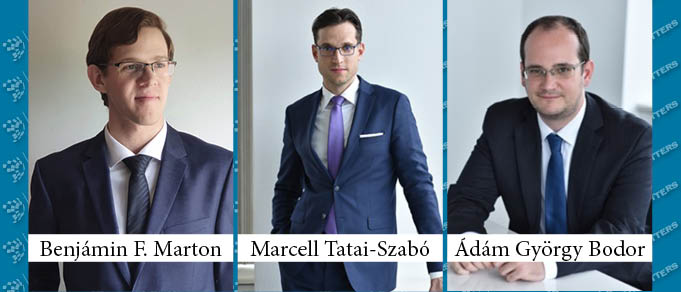The COVID-19 outbreak has become a new type of challenge for the entire world. The conditions of everyday life and day-to-day business operations have fundamentally changed as countries have gone under lockdown, economies have been shut almost entirely down and global supply chains torn to pieces.
Fortunately, the European Commission responded in time, and on March 12 stated, that the pandemic qualifies as an exceptional occurrence, as it is an extraordinary, unforeseeable event having a significant economic impact.
For this reason, the EC communicated a so-called “Temporary Framework” on March 19 that enables member states to introduce state aid measures under a new and, in many respects, looser regulation.
This framework allows a subsidy for the migration of business activities inside the EU, which was previously not permitted. Furthermore, the location of a project formerly had a significant role in determining whether such aid could be given, but not now.
Taking the opportunity presented, the Hungarian government has also introduced a series of new subsidies for those who have been adversely affected by the epidemic but are ready to adapt and fight.
For those medium and large enterprises in the manufacturing and BSC sectors who are ready to take their business to the next level, a new, non-refundable subsidy scheme to improve competitiveness is available, with a maximum subsidy amount of EUR 800,000.
The competitiveness subsidy is available throughout Hungary, even in Budapest. Enter-prises should certify that that their sales revenue or the volume of their order has dropped by 25% as a result of the COVID-19 outbreak and there is causal link between the outbreak and the losses.
The costs of building, land purchase and purchase of assets and intangible assets are also eligible. The amount of aid received depends on the size of the investment; more than EUR 500,000, the aid intensity can be as high as 50%. This creates a good opportunity to take the next step by introducing industry 4.0 solutions to increase capability, for example.
An extended version of the competitiveness subsidy is expected to be launched in the end of June, with a raised threshold on the maximum subsidy amount, which will be calculated based on the quantified losses suffered due to the pandemic.
On top of cash grants, a number of favourable loan schemes have been introduced. A good example are the new investment and working capital loans, available at EXIMBANK with a maximum 2.5% interest rate and flexible repayment options.
In addition to that, there are four new and encouraging subsidized loan schemes available for SMEs as part of the Széchenyi Card Program. A job retention loan, with a maximum 0.1% interest rate, has a term of two years with a maximum amount of HUF 750 million to ensure salary coverage.
This could be combined with an overdraft loan, with a maximum 0.1% interest rate, for a term of two years with a maximum amount of HUF 100 mln. To ensure liquidity, a working capital loan, with a maximum 0.2% interest rate, has a term of three years and a maximum amount of HUF 250 mln. For those who have even greater plans, there is an in-vestment loan option up to a maximum of HUF 1 billion for a six-year term and with a maximum 0.5% interest rate.
Proper combination of the above options could be a significant tool to navigate through this stormy period.
Every company should be concerned by this crisis, but it affects each differently. The secret recipe still does not exist, and there is no general solution. An economic crisis inevitably carries risks and dangers, but with careful planning and with the help of appropriate advice, it may also present opportunities. Those who are able to seize these opportunities will coming out of the crisis more strongly.
By Marcell Tatai-Szabo, Senior Associate, Adam Gyorgy Bodor, Counsel, and Benjamin F. Marton, Junior Consultant, Noerr



